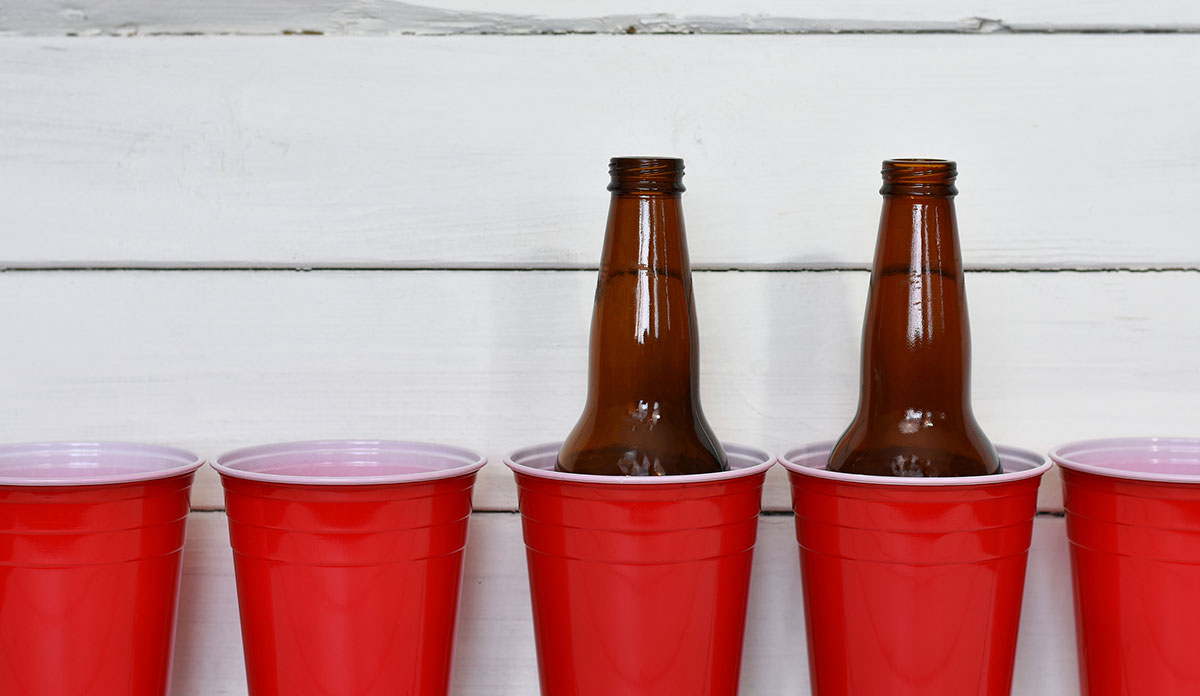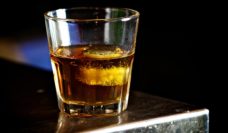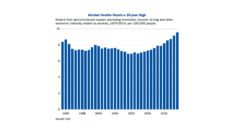Spring break is often viewed as a rite of passage for university students usually spent on a beach in a warm location. Consistently referenced in pop culture, this respite from spring semester is notoriously associated with high levels of alcohol use. Some places that college students frequent during break have taken measures to discourage drinking. After reports of sexual assault, house party shootings, and public misbehavior escalated at popular Florida party destination, Panama City Beach, in 2014, the local government implemented an alcohol ban during the spring break season. Other places like Port Aransas in Texas followed suit.
In order to better understand youth behavior during spring break, a 2017 study examined the gaps between drinking intentions and actual alcohol consumption, and the factors that influence these gaps. Specifically, researchers recruited college students from a large Pacific Northwest university to complete a series of surveys that asked about individual factors like sex, association with fraternities or sororities, past incidents related to alcohol, and plans for drinking alcohol during spring break.
The surveys asked about interpersonal factors associated with alcohol use, including drinking pacts with friends and encouraging friends to keep drinking until drunk. The researchers also measured contextual factors like where study participants spent their spring breaks, how often they were with friends, and whether games or bar specials were involved.
One third of the students surveyed underestimated how many drinks they would have during spring break. Male students were more likely to underestimate their drinking compared to their female students.
One third of the students surveyed underestimated how many drinks they would have during spring break. Male students were more likely to underestimate their drinking compared to their female students. And those who took part in Greek life were almost twice as likely to drink more than they intended compared to students who were not in a fraternity or sorority. Students who reported previous alcohol-related problems with academics, relationships, and health were more likely to underestimate their alcohol consumption and experience negative consequences during break.
Drinking pacts and encouragement from friends were associated with negative alcohol-related events and under-estimation of drinking respectively. As for contextual factors, bar specials were not related to drinking more than intended, but were associated with poor alcohol-related outcomes including blackouts, property damage, and risky sexual behavior.
College students between the ages of 18 and 22 tended to engage in more general, heavy, and binge drinking than others in the same age group who were not students, and about 20% exhibited characteristics of alcohol use disorder. The researchers note that intentions to drink little do not necessarily mean lower risk. Students drinking more than expected may not have enough money for a return taxi, or may no longer have a designated driver.
In light of these findings, the researchers suggest that interventions on campus address how personal intentions to drink may change based on the situation and incorporate strategies to improve planning. Evidence supports group-based interventions as feasible and effective for high-risk students. The researchers also recommend future studies looking at the ways in which motivations for taking trips during spring break may influence drinking behavior and identifying protective factors that may help students adhere to their drinking intentions.
Feature image: Dean Hochman, cups, used under CC BY 2.0













